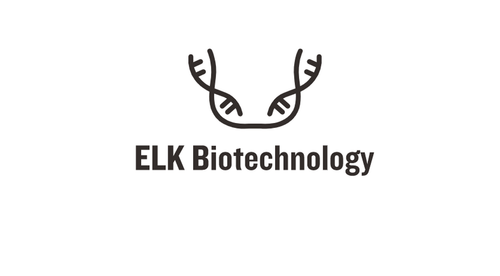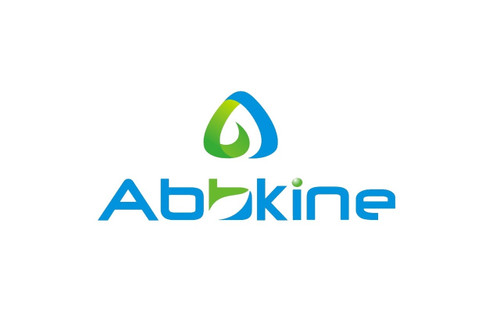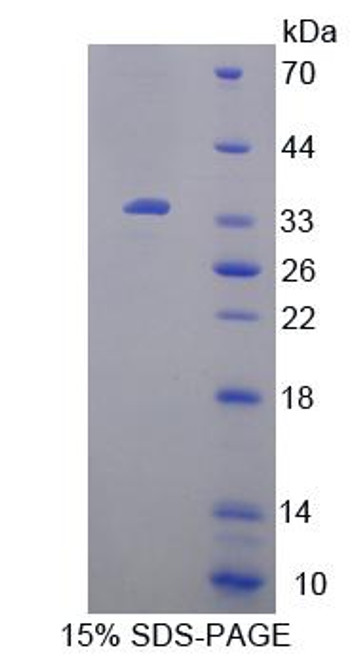Product Description
Mouse Uridine phosphorylase 1 (UPP1) ELISA Kit | AE12115MO | Abebio
Species Reactivity: Mouse (Mus musculus)
Abbreviation: UPP1
Alternative Name: UDRPASE; UP; UPASE; UPP; OTTHUMP00000159566
Application: ELISA
Range: 0.156-10 ng/mL
Sensitivity: 0.055 ng/mL
Intra-Assay: ≤4.3%
Inter-Assay: ≤10.6%
Recovery: 0, 8
Sample Type: Serum, Plasma, Other biological fluids
Detection Method: Sandwich
Analysis Method : Quantitive
Test Principale: This assay employs a two-site sandwich ELISA to quantitate UPP1 in samples. An antibody specific for UPP1 has been pre-coated onto a microplate. Standards and samples are pipetted into the wells and anyUPP1 present is bound by the immobilized antibody. After removing any unbound substances, a biotin-conjugated antibody specific for UPP1 is added to the wells. After washing, Streptavidin conjugated Horseradish Peroxidase (HRP) is added to the wells. Following a wash to remove any unbound avidin-enzyme reagent, a substrate solution is added to the wells and color develops in proportion to the amount of UPP1 bound in the initial step. The color development is stopped and the intensity of the color is measured.
Product Overview: Uridine Phosphorylase 2 belongs to the PNP/UDP phosphorylase family.Predominantly expressed in kidney.Catalyzes the reversible phosphorylytic cleavage of uridine and deoxyuridine to uracil and ribose- or deoxyribose-1- phosphate. The produced molecules are then utilized as carbon and energy sources or in the rescue of pyrimidine bases for nucleotide synthesis. Shows substrate specificity and accept uridine, deoxyuridine, and thymidine as well as the two pyrimidine nucleoside analogs 5-fluorouridine and 5-fluoro-2 (') -deoxyuridine as substrates.Pyrimidine metabolism; UMP biosynthesis via salvage pathway; uracil from uridine.This enzyme belongs to the family of glycosyltransferases, specifically the pentosyltransferases. The systematic name of this enzyme class is uridine:phosphate alpha-D-ribosyltransferase.
Stability: The stability of ELISA kit is determined by the loss rate of activity. The loss rate of this kit is less than 5% within the expiration date under appropriate storage condition. The loss rate was determined by accelerated thermal degradation test. Keep the kit at 37°C for 4 and 7 days, and compare O.D.values of the kit kept at 37°C with that of at recommended temperature. (referring from China Biological Products Standard, which was calculated by the Arrhenius equation. For ELISA kit, 4 days storage at 37°C can be considered as 6 months at 2 - 8°C, which means 7 days at 37°C equaling 12 months at 2 - 8°C) .
 Euro
Euro
 USD
USD
 British Pound
British Pound
 NULL
NULL












